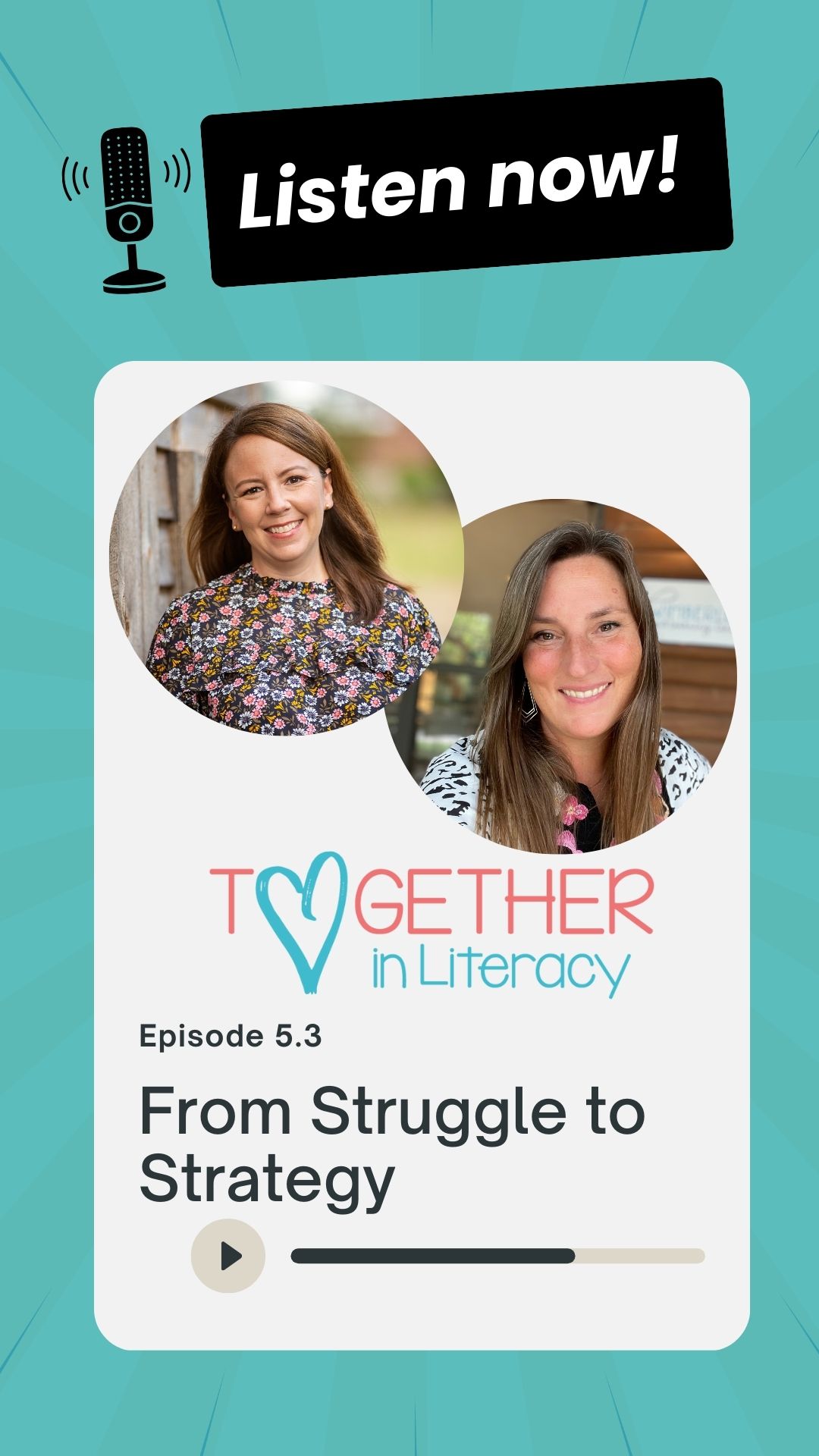From Struggle to Strategy: Instructional Tools that Empower Older Students with Dyslexia

When we think about dyslexia, the conversation often centers around the early years of learning to read. But here’s the reality: dyslexia doesn’t go away. Our older students—the ones navigating middle school, high school, and beyond—still need us. They’re sitting in classrooms, facing complex texts, preparing for exams, and sometimes carrying years of frustration.
That’s where we come in—with the right strategies, older students can thrive. By focusing on explicit, research-based instruction, we can help these learners move from struggle to strategy—building the literacy skills, confidence, and independence they need to succeed.
Start Small: Assess Closely and Move Through Mastery
Big leaps won’t help older students catch up. Instead, progress comes from small, carefully sequenced steps that bridge skill gaps and reinforce conceptual understanding.
Working with older students requires a command of many instructional tools and the ability to apply them in a deliberate, disciplined way. Start by identifying the desired outcome and then breaking it down: What prerequisite skills are missing? What conceptual knowledge is needed to reach mastery?
Effective instruction begins with assessment. Knowing what students already understand allows educators to target instruction precisely and address misconceptions before they solidify into habits. Each small step should connect explicitly to prior knowledge—like stepping stones that gradually build toward the larger goal. As students strengthen their understanding, their learning pace naturally increases because they’re no longer overwhelmed by trying to grasp too much at once.
Tip: Keep each step just beyond a student’s current skill level, but always within reach. Avoid reteaching what’s already mastered—link it to new learning instead. Sequence concepts carefully, provide practice that reinforces mastery, and revisit foundational skills regularly.
When students begin to see their own progress, motivation grows. They start to believe in their ability to learn, which helps dissolve the frustration or shame that often builds after years of difficulty. Each moment of mastery builds both competence and confidence.
In Action: Explicit Decoding Routines
Even in middle or high school, decoding instruction remains essential. Many older students have gaps in foundational reading skills, especially when it comes to tackling multisyllabic words. Teaching these concepts explicitly gives students tools they can apply independently across subjects.
Focus on reteaching syllable types within longer words to build conceptual understanding. Then, integrate morphology (roots, prefixes, and suffixes) to expand decoding power and vocabulary. Morphological awareness connects reading to every academic area, from science to history, helping students recognize patterns and build meaning.
Tip: Teach a structured word-attack routine:
- Pull off prefixes and suffixes.
- Identify the vowels.
- Divide and conquer.
- Blend and read.
Model the procedure aloud, then have students narrate it themselves to strengthen metacognition. Move from isolated word lists into connected text quickly, embedding retrieval practice so students learn to apply their decoding strategies flexibly across contexts.
In Action: Authentic, Knowledge-Building Texts
Older students need meaningful, content-rich reading materials that connect to what they’re learning, not simplified passages that feel remedial. Bridging from decodable practice to authentic, knowledge-building texts allows students to apply their skills in real contexts while expanding their academic vocabulary.
Pre-teach essential vocabulary and background knowledge, then scaffold access without lowering expectations. Providing examples and non-examples of academic terms helps deepen understanding and transfer. Encourage students to take ownership by creating their own organizers that support comprehension, summarization, and writing preparation.
Tip: Model how to build a simple organizer during instruction, then ask students to apply it to a real classroom assignment. This practice promotes independence and helps students see how literacy strategies apply across subjects.
In Action: Integrating Writing
Writing is where reading, spelling, and comprehension intersect. It’s also one of the most powerful ways to help students internalize and apply new learning. Using structured supports such as sentence frames, writing stems, and guided note-taking creates a foundation students can build upon as their skills grow.
After a morphology lesson, ask students to apply a new morpheme in a short piece of writing. This reinforces both word study and the concept of transferring knowledge from one context to another. With consistent scaffolds and meaningful practice, students begin to write with more confidence and control, seeing themselves as capable communicators rather than struggling learners.
Tip: Treat writing as both a teaching and assessment tool. It reveals what students understand, where misconceptions remain, and how well they can integrate reading and language knowledge into authentic expression.
Looking for strategies and resources?
Sign up for our newsletter for news, resources, and freebies delivered straight to your inbox.
We hate SPAM. We will never sell your information, for any reason.
